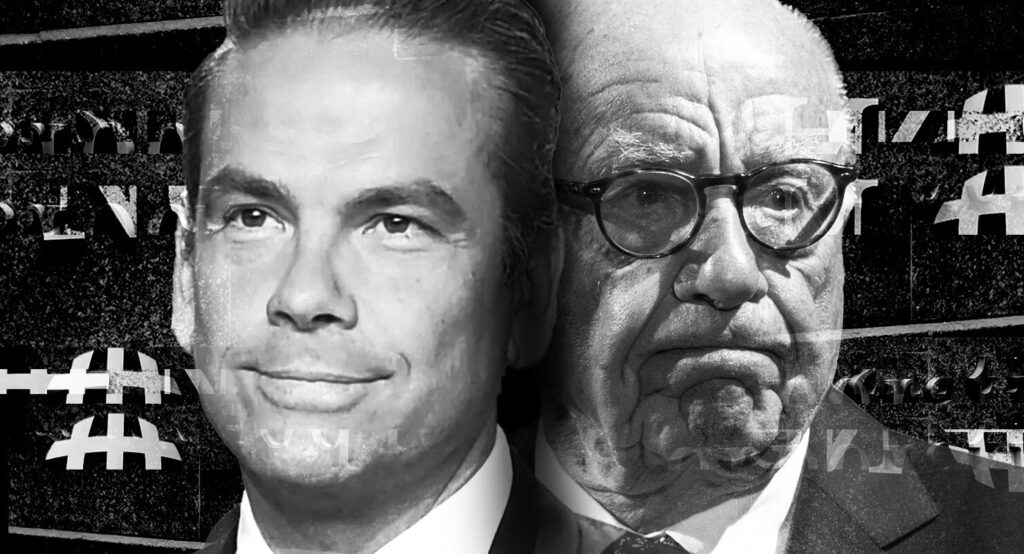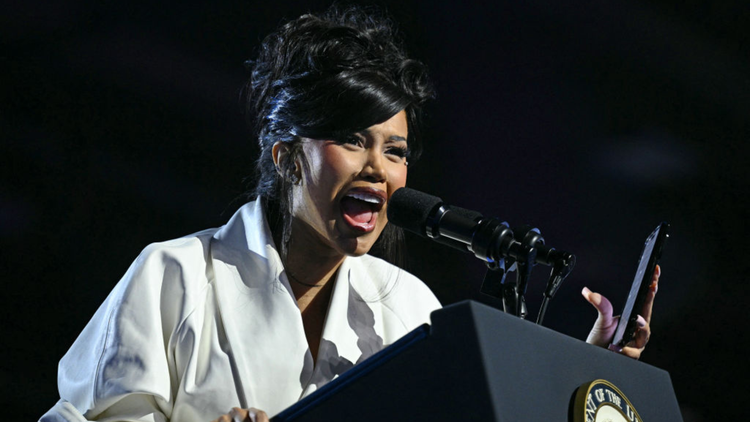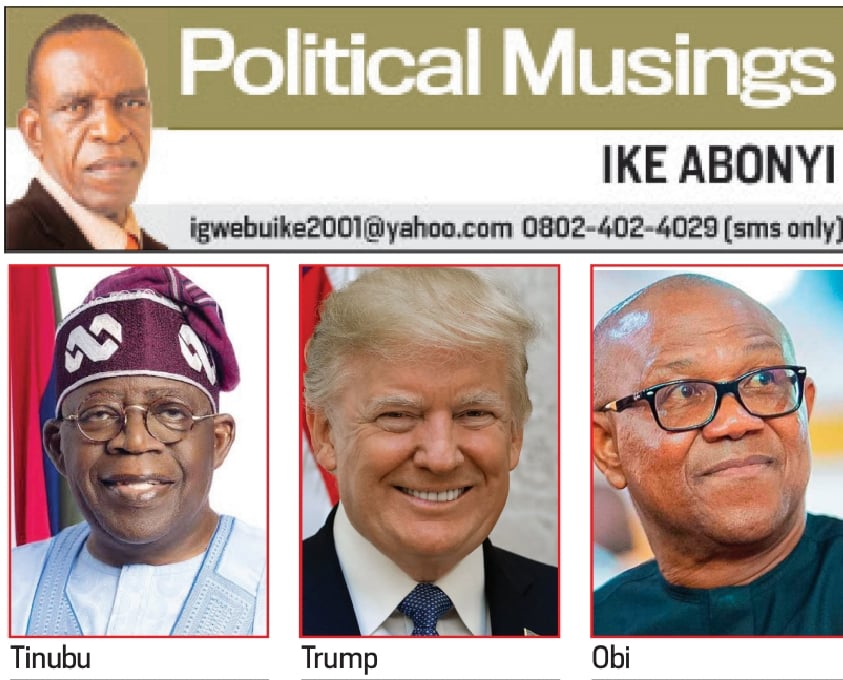For Women In Politics, Hair Is Never Just Hair

Politics tamfitronics
The first woman was elected to the U.S. Senate in 1932. Sixty have served since, and a quarter of the current chamber is now female. Women make up almost 30% of the House of Representatives. And from state legislatures to school boards, the stances and ideologies of women in elected office are varied. But their hair! Their hair has more reverence for tradition than the Daughters of the American Revolution. Their hair has been frozen in aerosol since the Reagen administration.
In Washington D.C., the positions and opportunities available to women in elected office have expanded, but hair options remain slicked down and limited. Exceptions are so narrow as to be nameable: Rep. Debbie Wasserman Schultz’s tight curls, former Press Secretary Jen Psaki’s fire-engine-red lob, Press Secretary Karine Jean-Pierre’s natural texture, Rep. Rosa DeLauro’s technicolor rainbow of highlights, even Alexandria Ocasio-Cortez’s center part. Otherwise, across cable news and all over C-SPAN, there tend to be just two models: the voluminous blowout and the practical chop.
See it once and you’ll notice it from Kalorama to Capitol Hill: Perhaps the most bipartisan choice that Washington women can make is to keep their side parts sharp and their natural waves smoothed into submission. Risk-taking is for high-stakes hearings and dramatic votes. With hair, the consensus pick prevails. “D.C. people are conservative,” says Omer Cevirme, the proprietor of Salon Omer&Spa in Washington, D.C., shrugging. “And they like their hair conservative, too.”
Cevirme tends for the most part of the heads of Democratic women. He has seen Speaker Emerita Nancy Pelosi for decades. But stylists who shape the manes of women from both parties point to subtle partisan differences. “It depends on the personality of the person,” says Isabelle Goetz, who owns Izzy Salon in D.C. and started cutting Hillary Clinton’s hair in 1997. “But I do feel there’s a little bit of a difference. Democrats are a little more practical, and Republicans are a little more sassy.”
Look no further than the Republican National Convention, currently playing out in Milwaukee. For women on stage, a mermaid-esque blowout remains standard—more often than not, dyed a Barbie-adjacent blonde (think Marjorie Taylor Greene). Usha Vance, wife to Republican vice presidential nominee J.D. Vance, is bucking the norm on one account: Her long, raven bob has visible streaks of gray.
“In politics, it’s important for a woman to look elegant and feminine,” says Goetz. Born in France, Goetz arrived in the United States three decades ago and has observed up close the expectations of public-facing government service. Hair, like a female politician’s clothing, has to be attractive and contained, without oozing even a hint of sex appeal. “Working with politicians, I realized there’s a fine line,” Goetz says. It’s no surprise to her that Beltway women stick with the tried-and-true formulas. Still, she’s done her part to push them toward slightly more sophisticated templates.
When Goetz first moved stateside, the bob was in, “but it wasn’t a good-looking bob,” she says. With Clinton, she worked overtime to refine a more gentle cut. To satisfy her current roster of clients, she focuses on styles that women can maintain themselves. “If you’re on TV, of course you have hair and makeup done,” Goetz says. “But in the everyday life of a politician in D.C., unless you’re the first lady or the vice president, you have to do your own hair.” She points out that the predominant looks on view at the see-and-be-seen Cafe Milano in Georgetown are relatively low-maintenance. A crop a la Senator Elizabeth Warren is relatively wash-and-go. The swoop that Senator Kristin Gillibrand has perfected is more practiced, but it can be learned. Plus, spending an hour in a salon chair Monday through Friday is not something that most women necessarily aspire to.
Even so, in a crisis-driven city, service providers are as on-call as comms staffers. Goetz opens Izzy’s at 8:00 a.m., not the standard two hours later as she might if she were based in New York. If a client needs to do a TV spot or has a morning meeting, Goetz makes herself or someone on her team available. Cevirme reports that he sees his regulars two or three times a week for blowouts, which he can do in seven minutes flat in a crunch. He books them every three weeks for color and every four or five weeks for a cut. He almost never needs to trim more than half an inch off their ends, and he never wonders what they’re after. “They don’t want change,” he says, laughing.
But change does come, even in staid Washington. In the eight years that stylist Johnny Wright spent collaborating with Michelle Obama, he came to understand not just the status quo in D.C., but the particular weight of it on a woman in an unprecedented position. For the first Black president and his wife, the usual burdens of self-presentation were compounded. Wright recalls frank conversations about whether or not Mrs. Obama could wear her hair in braids. “She was considering it,” he says. “Now she’s doing it, but she didn’t do it while she was in the White House.”
Her hair got plenty of attention, anyway. “We had lots of expressive moments,” Wright says, including what he terms “the bangs heard around the world.” Like so much in Washington, the cut had been a practical choice. Obama was coming off of an intense campaign season, and Wright had been using a lot of heat on her hair. “It just started to wither in her fringe area,” he says. “And I was like, ‘Let’s cut bangs to get these dead ends off.’” Within weeks, Wright received a call from the West Wing, complaining that the bangs were distracting the press from her husband’s re-election bid. During the 2016 election, he contemplated a pixie cut, but he opted against it, thinking it might draw too much attention away from the race’s presumptive winner Hillary Clinton. “Then Trump won, and I was like, ‘Oh, damn! We should have done it.’”
Ian McCabe, a colorist who has worked in D.C. for almost 15 years, acknowledges that residents are “more serious and buttoned-up” than the client base in other major cities. But he pushes back on the idea that the rank-and-file are still looking to Laura Bush for hair #inspo. “I see clients who come in and tell me, ‘I don’t want Washingtonian hair,’ especially in the last five years,” he says. “People want to look current, with no preconceived notion of, ‘If I work in politics, it must be this.’”
Lately, Wright has been watching how Rep. Jasmine Crockett, a first-term congresswoman from Texas, wears her hair in braids and experiments with different looks. It’s evidence that Michelle Obama did make a difference. “Michelle gave her permission, and now she’s giving other women permission as well,” Wright says. “And that will continue—for Democratic women and Republicans.”
Indeed, at Izzy’s, Goetz cuts the hair of women on either side of the aisle, crediting the salon as one of the few places where politicians from both parties interact on neutral ground. “You very quickly learn what side they are on, and you just respect it and talk about the weather,” Goetz says. “Whoever wants to look professional, respectful, and elegant for the job, that’s for me.”



 Hot Deals
Hot Deals Shopfinish
Shopfinish Shop
Shop Appliances
Appliances Babies & Kids
Babies & Kids Best Selling
Best Selling Books
Books Consumer Electronics
Consumer Electronics Furniture
Furniture Home & Kitchen
Home & Kitchen Jewelry
Jewelry Luxury & Beauty
Luxury & Beauty Shoes
Shoes Training & Certifications
Training & Certifications Wears & Clothings
Wears & Clothings
















